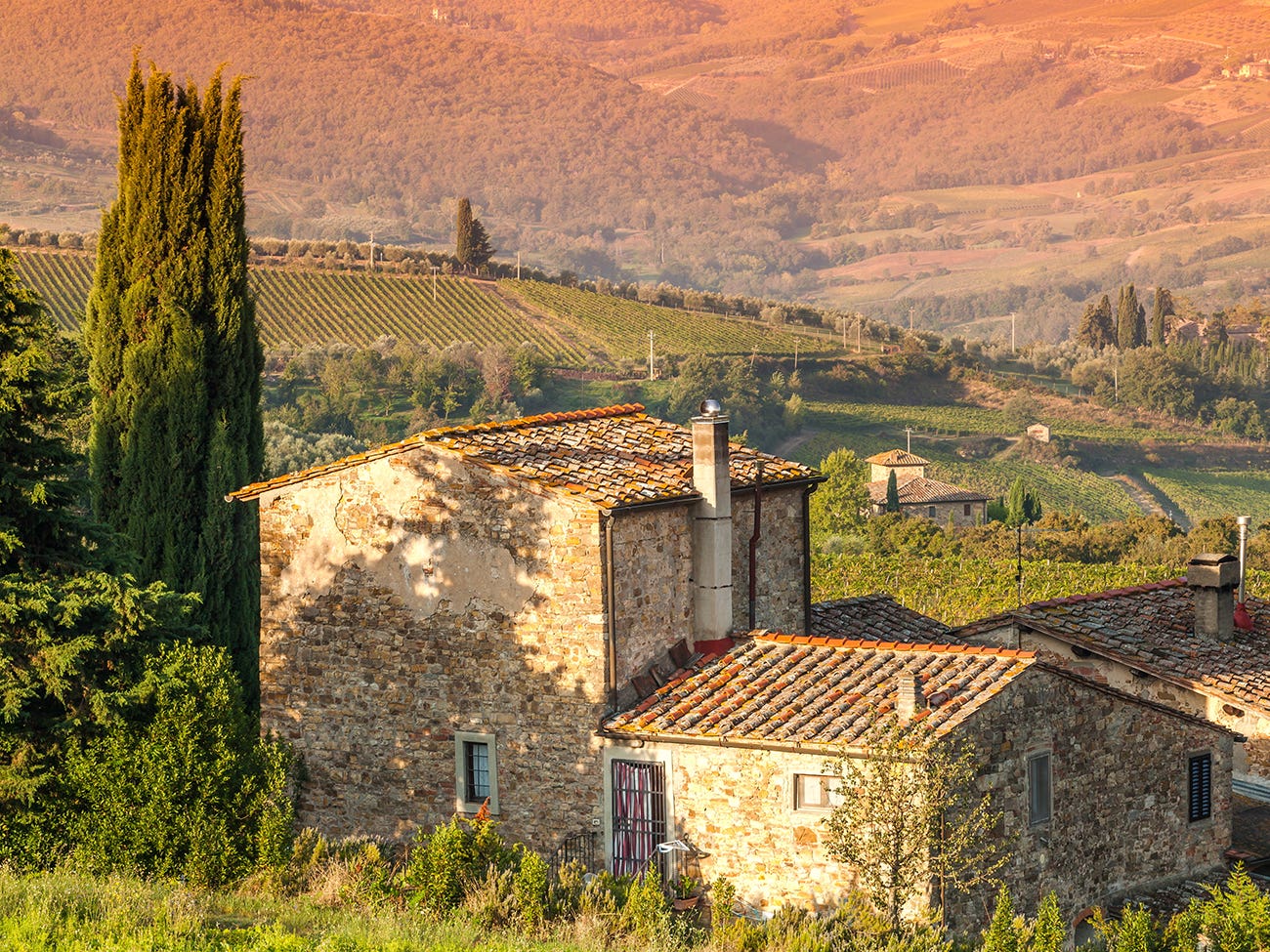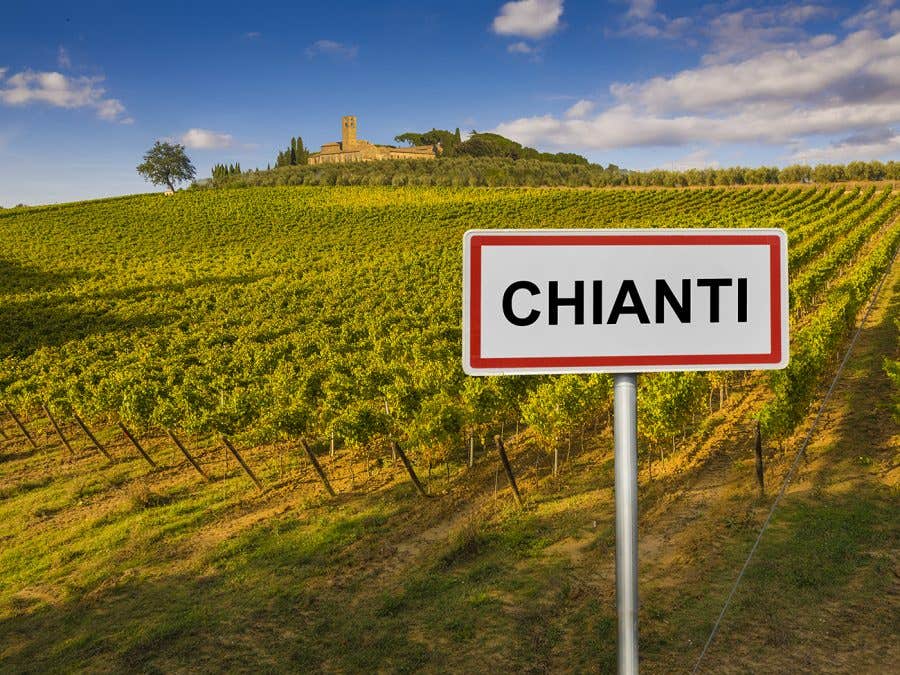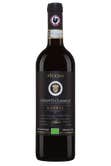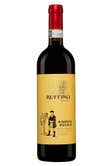While some of us may recall their first encounter with a Chianti when it was sold in the infamous straw-covered bottle called a fiasco, note that times have definitely changed. The appellation has moved up a notch and today is amongst the best in the country. The addition of “Classico” to the appellation’s name refers to the historical centre of the region, where the richest parcels of land are to be found.


Chiantis have several personalities, but their common denominator is still the emblematic grape variety of the region and, by extension, of Italy: Sangiovese. The governing rules for the Chianti and Chianti Classico appellations specify that this variety must be the dominant grape used in blends, besides the other local and international additions to the vat. It is known for its accents of tobacco, cherry and spices, with a elevated acidity typical of wines from the region. Supple and drinkable with dominant notes of red fruit reminiscent of cherry or cranberry, Chiantis pair well with a range of simple dishes such as those featuring tomato, for example. Chianti Classicos are fuller bodied, with intensity and depth, featuring licorice, tobacco, roasted notes, black cherry and sweet spices. They are best savoured with a wild mushroom lasagne, Florentine steak or a Milanese osso buco.
Here are two suggestions for rediscovering the wines from this region:
-
Inspiration
(810)
- Profiles (201)
- Interviews (85)
- Share (325)
- Trends (67)
- Tasting and service (51)
- Production methods (21)
- Conservation (5)
- Wine cultivation (27)
- Pairings and Taste Tags (26)
- The SAQ is here (53)
-
About us
(73)
- Press releases (60)
- Career (5)
- Clarifications (8)
- Sustainable development (21)
 Access to SAQ Inspire personalized services and store inventories are unavailable at the moment.
Access to SAQ Inspire personalized services and store inventories are unavailable at the moment. Free in-store delivery with purchases of $75+ in an estimated 3 to 5 business days.
Free in-store delivery with purchases of $75+ in an estimated 3 to 5 business days. 














